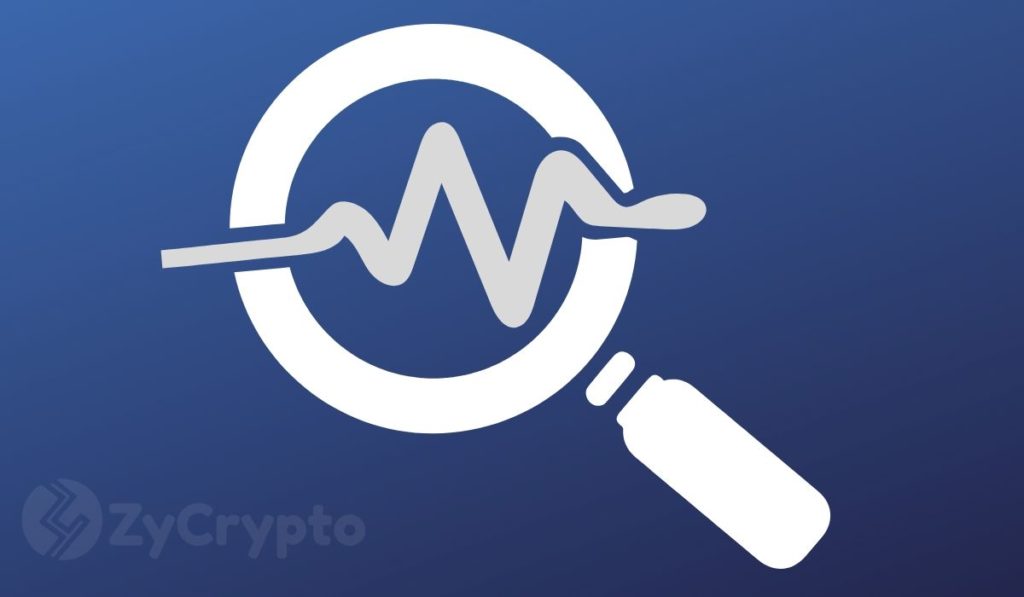
Bitcoin’s mining difficulty – which is basically a measure of how hard it is to mine on the bitcoin network – is expected to experience its next adjustment in two days.
According to data from blockchain research and analysis firm Coin Metrics’, the BTC mining difficulty could increase by as much as 15% during this next adjustment coming next week. This will be its largest increase since 2018. It will also be the very first difficulty increase since the block halving in May.
BTC Mining Difficulty Could Soon Post The Largest Increase Since 2018
Satoshi Nakamoto designed the bitcoin network to adjust its mining difficulty every 2016 blocks (roughly two weeks) in order to maintain the BTC block generation time at roughly 10 minutes.
The Difficulty Adjustment Algorithm (DAA) drops or increases based on the level of participation by miners. When there are many miners competing to validate new transactions, the difficulty increases; when most miners unplug their machines leaving only a handful of miners, it drops.
Right now, competition among miners is stiff with so many miners devoting their computing power to secure the bitcoin network. As a result, the hash rate has been on a steady rise since halving and stands at 115 terahashes per second (TH/s) as of June 13, according to Blockchain.com’s data.
Coin Metrics pointed out that at this high hash rate, the next difficulty adjustment that is expected to take place in less than two days could log in the largest growth since January of 2018 – as it will be an increase of approximately 15 percent. This positive increase indicates that the BTC hash rate has now recovered to its pre-halving levels.

Recent History
The last difficulty adjustment happened on June 4 and was a 9% decrease. This allowed the miners that had left the network due to the rewards reduction to jump back in. Glassnode’s data revealed that at the time, blocks were being generated at a rate of almost 8 blocks per hour following this adjustment. Glassnode also posited that this was the highest level seen since July 2019 – the month when BTC soared to $13,000.
The previous downward adjustment happened on May 20 in its first adjustment immediately after halving. It should be noted that the bitcoin network has witnessed four negative adjustments this year, the rest were all positive. However, the upcoming adjustment will be the first positive since May halving.
What Will This Mean For BTC Price?
With a difficulty increase of such a magnitude, mining costs are likely to increase considerably. This will make miners sell more BTC in order to offset the high operating expenses, and this could add to the selling pressure in the bitcoin market during the days before the next difficulty adjustment.
However, it could also have a negligible impact on the bitcoin price as a result of the increased institutional demand that has been seen recently. In particular, Grayscale Investments has been buying up BTC at a record rate. The firm will likely continue purchasing bitcoin for its clients, thus absorbing most of the selling pressure.
Moreover, BTC has historically posted a noticeable price increase after each halving, as demonstrated by analyst PlanB.
#bitcoin performance after each halving pic.twitter.com/DIOgg6deZ0
— PlanB
(@100trillionUSD) June 11, 2020





















